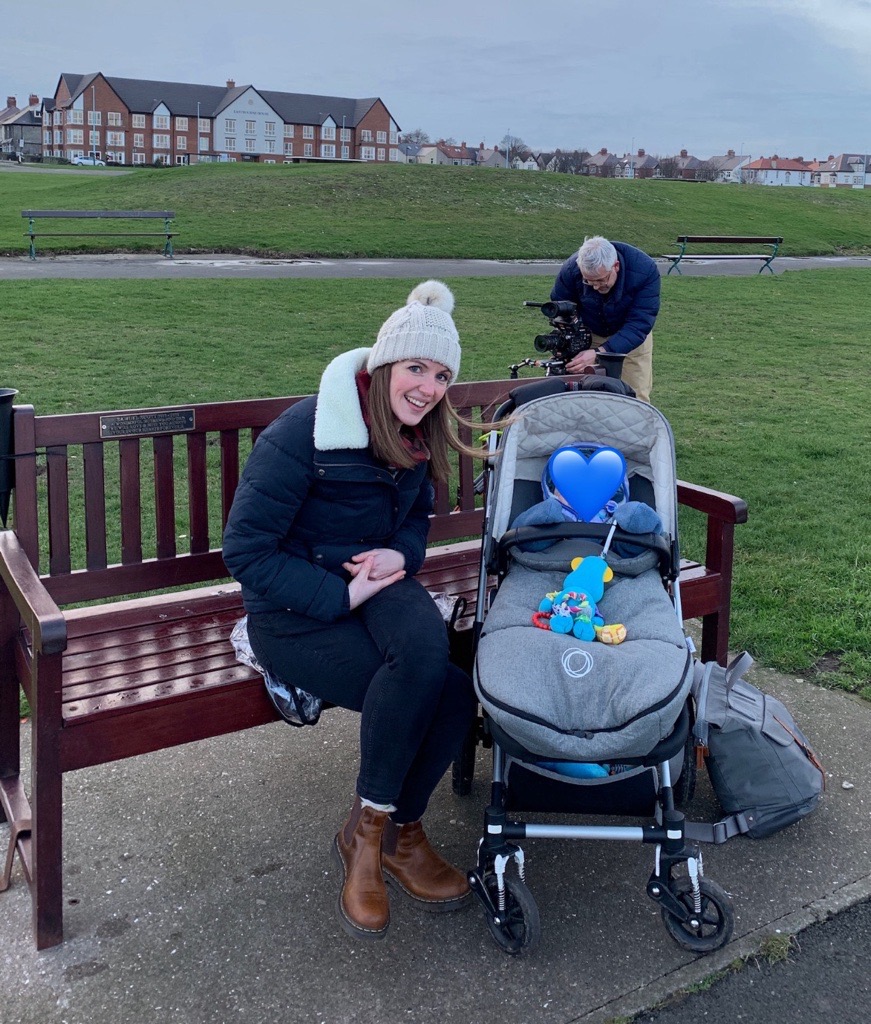On the 1st April 2020, in the middle of lockdown, my phone and social media lit up like a Christmas tree as the second series of ‘Sunderland Til I Die’ hit Netflix.
With everyone at home and not much else to do, the world seemed to be binge-watching the second season of the fly-on-the-wall documentary which followed the perils of the famous North East of England football club as they battled for promotion out of League One. At the end of episode three, one question remained… ‘Where is Sophie now?’
For two months, I was followed everywhere by cameras as I returned from maternity leave to my role as Corporate Communications Manager at the club and, on reflection, what was effectively a completely new job.
There were new club owners and a good chunk of the non-footballing staff – and my co-workers – had been made redundant. I had a new role and to be frank, a fight to prove that I could do my job and wouldn’t get the dreaded call from HR – all while battling mum-guilt, night feeds and general sleep deprivation.
The bonkers world of football
Many people ask, ‘what was it like?’ or ‘why did you do it?’. Well, those are good questions, especially for someone who has spent 20 years working in communications and PR and normally advises clients and colleagues to be cautious. I think my family thought I was mad.
The answer? Well, the world of football is bonkers. It is like no other business in the world. It has a routine but also doesn’t have a routine at the same time. As any football marketeer or comms professional will know, trying to market a football club to disillusioned fans when you have no control over what happens at 3pm on a Saturday is hard work. Some of the best made plans never make it out the door because the Lads will lose and the mood changes.
But behind every football club there is a world of brilliant, hardworking people and my job is about telling stories. I wanted to show the story of the staff and the people inside the club as we all battled with uncertain times. I wanted to show that we are human and what it was like to work in a male-dominated environment when management styles weren’t exactly as you’d see in a regular corporate workplace.
It was a tough time in Sunderland AFC’s history, though there was hope that we could lift ourselves out of the dungeon of League One. But there were some brilliant times too. Leading the comms and marketing to set the League One attendance record and have over 46,000 people in the Stadium of Light for a Boxing Day game is something I am still immensely proud of.
Make sure you weigh up the risks before deciding to go ahead
But why do clubs or businesses do seemingly invasive documentaries like this? What’s in it for them? Well it comes with risk but the rewards can be great and at the heart of it all is PR and brand growth.
The first series of Sunderland Til I Die was commissioned to attract a new owner. And it worked – albeit no one saw the back-to-back relegations coming. Series Two aimed to show the new owners in a favourable light to a very passionate fan base – arguably that didn’t work and at least one of them went viral for the wrong reasons.




